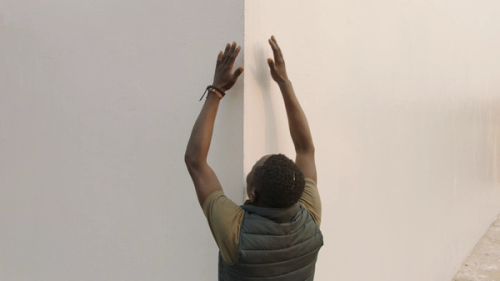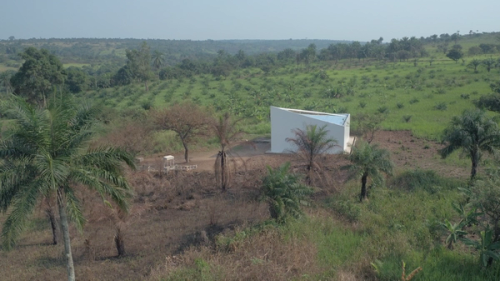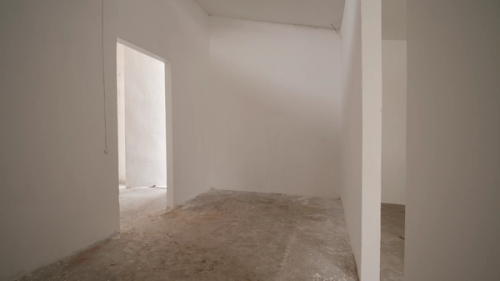
© Still from White Cube, Renzo Martens © Institute for Human Activities
White Cube LIRCAEI
Appearing neutral in shape and colour, a white cube insulates art from the sociopolitical realm, sustaining its timeless value in an everlasting investment cycle. As a white cube foregrounds artists and patrons, it leaves the bottom of the global economic chain out of the canvas: human labours that generate capital for international corporations to fund art creations, yet receive no economic benefit from the art economy. Established as an apolitical space to sustain art’s timeless value, can a white cube still be a platform to address inequality in the art economy, or even an active agent to make timely social changes?






















2021
2020